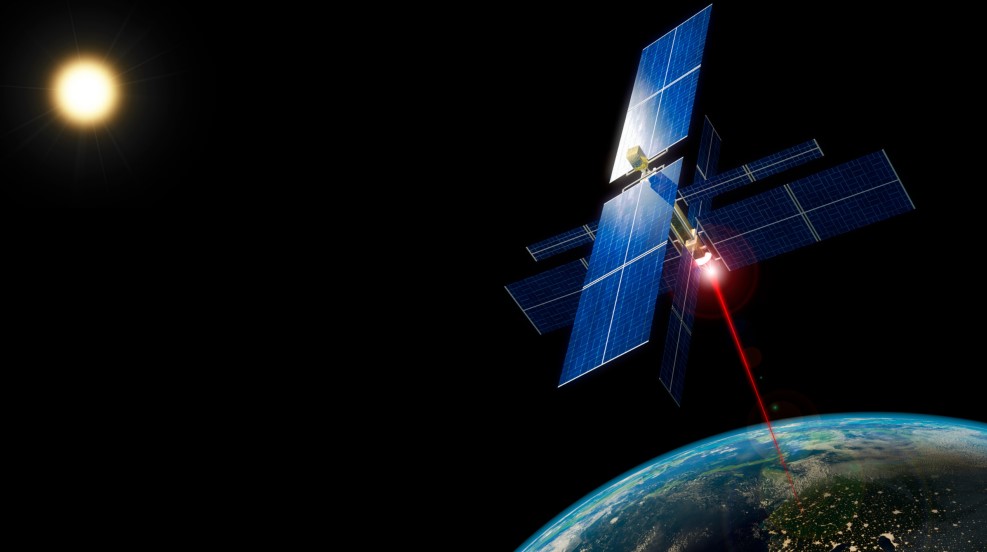
For the first time in history, a satellite transmitted solar energy from space to Earth
Scientists continue to search for clean and sustainable energy sources. One of the most promising areas in this activity is the development of technologies that will allow capturing solar energy directly in space and then transmitting it to Earth. Scientists from the California Institute of Technology (Caltech) have achieved some success in this regard, having managed to collect energy using an orbiting satellite and transmit it to Earth.
The mission is the Space Solar Power Demonstration (SSPD-1), which is being implemented by a team of scientists from the Space Solar Power Project (SSPP) at Caltech in collaboration with Indie Semiconductor Inc., NASA’s Jet Propulsion Laboratory (JPL), Amazon Web Services, and GuRu Wireless, a startup that is a division of Caltech. The joint activity led to the fact that scientists managed to collect some energy in Earth’s orbit and then transfer it to the surface of our planet, which can be considered a serious achievement. Detailed information about the work performed was presented in the researchers’ article published in arXiv.
On Earth, people have learned to use sunlight to generate energy, but even the most advanced technologies have their drawbacks. For example, on a cloudy, rainy day, the power of a solar panel can drop by 25%, and they cannot produce energy in the dark. At the same time, solar panels placed in orbit can continuously generate energy if they are oriented in such a way that they always receive sunlight. Scientists still need to develop a reliable way to transfer energy from orbit to Earth, where it could be used to power businesses, homes, and much more.

The scientists’ experiment was made possible by the Microwave Array for Power-transfer Low-orbit Experiment (MAPLE), which was used to transfer energy from space to Earth. It is made in the form of a small 6U CubeSat satellite and is capable of receiving solar energy collected by photovoltaic cells. MAPLE then used rectifying antenna arrays to convert solar energy into radio frequency energy. After that, a beam of radio frequency energy was synthesized and transmitted to Earth. The equipment for receiving and converting the signal to direct current, as well as for monitoring MAPLE, is located on the roof of the Moore Laboratory at Caltech.
The mission began on January 3, 2023, when the research vehicle was launched into low Earth orbit using a SpaceX Falcon 9 rocket. Exactly two months later, scientists began experimenting with MAPLE and as a result, the mission was recognized as a success. In the future, the researchers plan to create a constellation of satellites such as SPPD-1, which will be able to transmit energy to Earth to supply 10 thousan households. However, this is still a long way off, as MAPLE currently captures 175 to 251 mW in space at a time, and only 1 mW of energy has reached the ground station.

